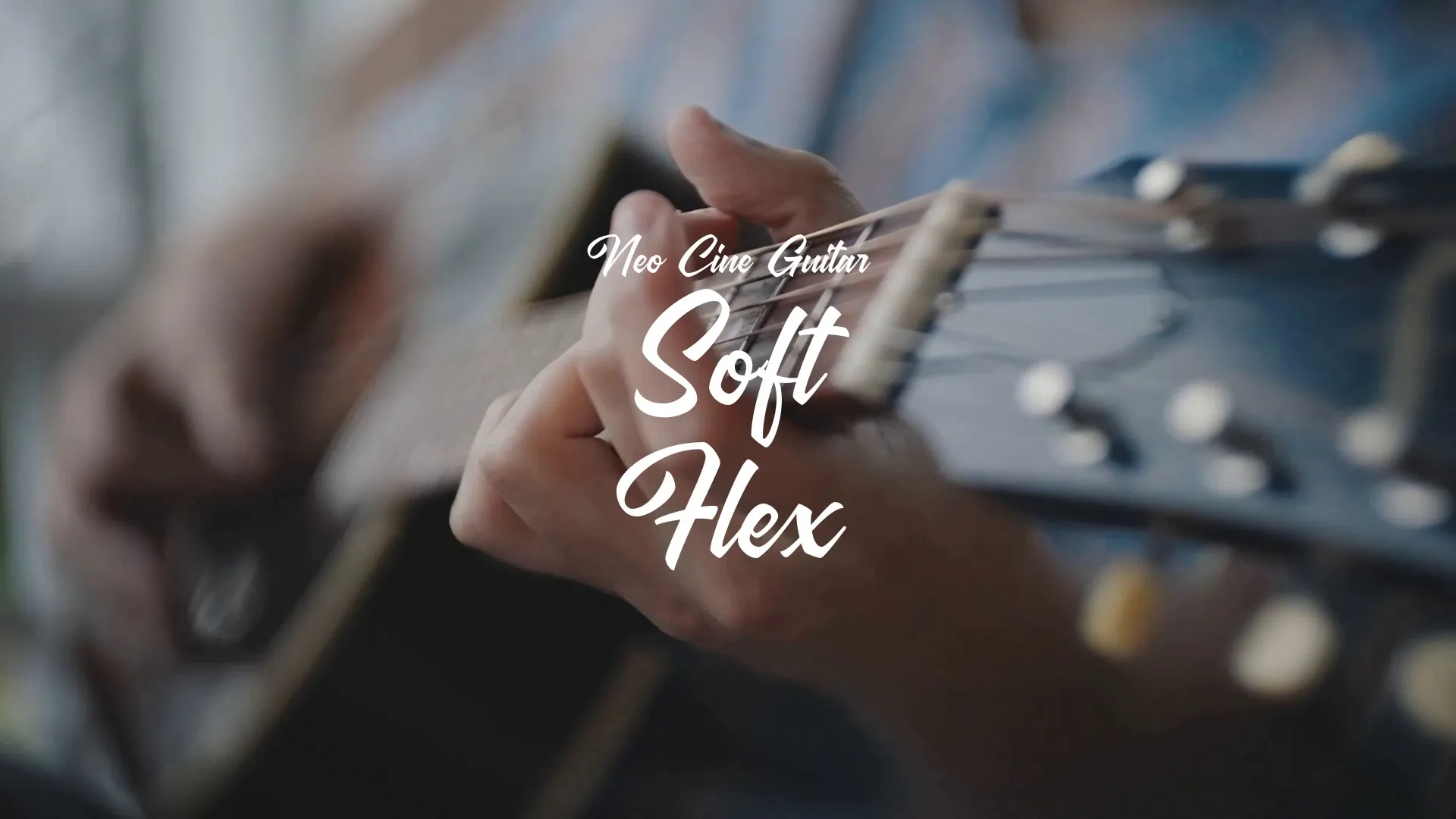Jiggle Physics: Implementation Guide for Realistic Game Movement

Ever wondered why Lara Croft’s hair in Tomb Raider moved so realistically? It’s the magic of jiggle physics. Though often subtle, jiggle physics significantly enhances the realism of game characters and environments. Properly implemented, it adds depth and dynamism to soft bodies, cloth, and other deformable objects. This guide provides a practical approach to implementing jiggle physics effectively in game development.
Understanding the Fundamentals of Jiggle Physics
Jiggle physics simulates the movement of soft bodies in response to forces. It’s used to create believable movement.
This includes applications like character breasts, clothing, hair, and environmental objects.
The underlying principle involves spring-mass systems with damping. Balancing realism, performance, and artistic style requires careful consideration, as trade-offs are inevitable. Game developers should also consider Beyond One-Time Purchases: Monetization Strategies That Work to ensure their game is sustainable.
Implementation Techniques: Spring-Mass Systems
The core of jiggle physics is the spring-mass system. It works by connecting points (masses) with virtual springs that react to movement and forces.
Build a system of interconnected masses and springs in code, where each mass represents a point on the object, and the springs connect these points.
Configure spring constants (stiffness), damping factors (resistance to movement), and mass values. Higher spring constants result in stiffer movement, while higher damping reduces oscillations.
Integrate the spring-mass system with skeletal animation, where the base animation drives the overall movement, and the jiggle physics adds secondary motion.
Address stability issues by using appropriate numerical integration methods. Verlet integration is often preferred for its stability and performance, while Euler integration is simpler but can be less stable.
The following C# code demonstrates a simplified spring-mass system update. This code applies a force to the endpoint’s velocity based on the spring constant and damping. spring.constant determines the spring’s stiffness, dampingFactor reduces oscillations, and deltaTime represents the time elapsed since the last update.
// Simplified Spring-Mass System Update (C#)
foreach (Spring spring in springs) {
// Calculate the force exerted by the spring
Vector3 force = (spring.endPoint.position - spring.startPoint.position) * spring.constant;
// Apply the force to the endpoint's velocity
spring.endPoint.velocity += force / spring.endPoint.mass * deltaTime;
// Apply damping to reduce oscillations
spring.endPoint.velocity *= dampingFactor;
// Update the endpoint's position
spring.endPoint.position += spring.endPoint.velocity * deltaTime;
}
The code simulates the spring’s reaction to being stretched or compressed, updating the endpoint’s position and velocity. This iterative process, applied to each spring in the system, creates the dynamic, jiggling motion we observe.
Create a free account, or log in.
Gain access to free articles, game development tools, and game assets.

















.webp)





